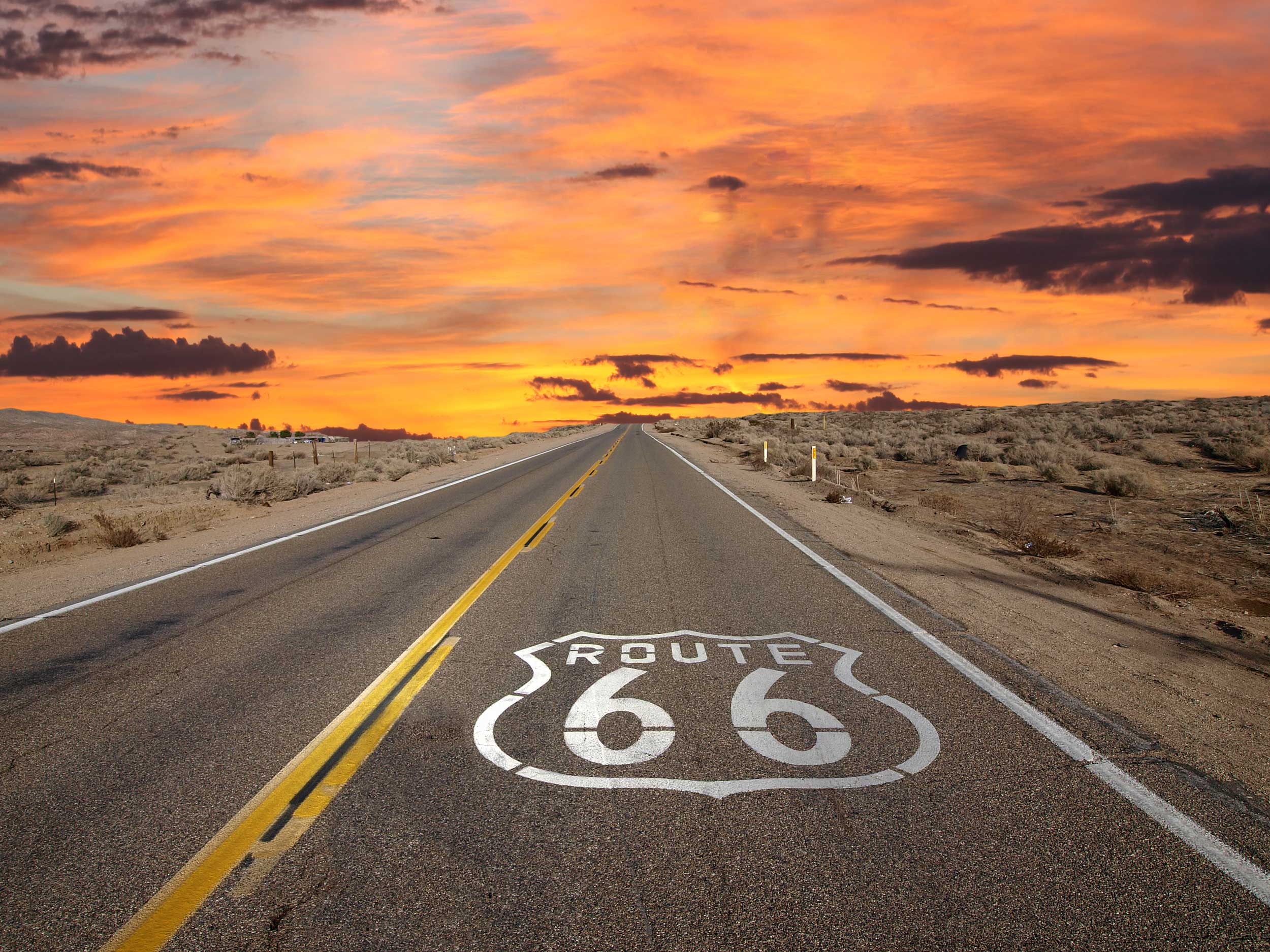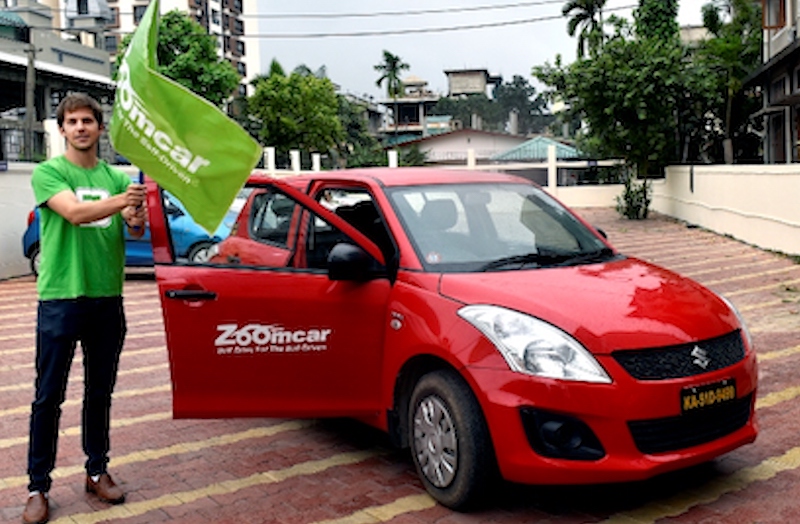Few road trips in the world offer the cultural depth and nostalgic charm of a Route 66 road trip. Nicknamed the “Mother Road”, Route 66 stretches 2,448 miles across eight U.S. states, starting in Chicago, Illinois, and ending in Santa Monica, California. This historic highway was once the main path for Americans heading west during the Dust Bowl and post-WWII migration, and it has since become a symbol of freedom, exploration, and Americana.
Today, Route 66 is a living museum filled with classic diners, quirky roadside attractions, vintage motels, and ghost towns. For many travelers, it’s not just about getting from point A to point B—it’s about the stories, landscapes, and people you meet along the way. Whether you’re a first-timer or a nostalgic returner, Route 66 is the ultimate way to discover the heart of the American road trip tradition.
A Brief History of Route 66: The Mother Road’s Legacy
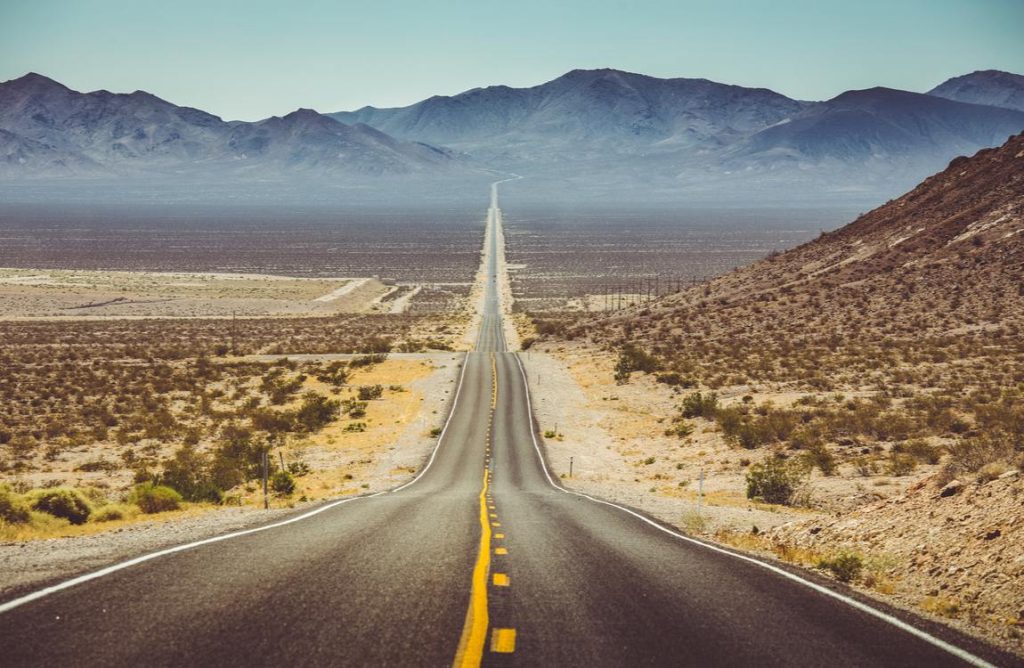
Established in 1926, Route 66 was one of the original highways in the U.S. Highway System. It connected rural towns to major cities, offering a direct path from the Midwest to the West Coast. During the 1930s Dust Bowl, thousands of families migrated west via Route 66 in search of better opportunities, cementing its place in American history. By the 1950s, Route 66 had become a symbol of post-war optimism—fueling the rise of roadside motels, diners, and attractions.
Though the road was officially decommissioned in 1985, communities along the route worked hard to preserve its landmarks and restore tourism. Today, Route 66 is designated a National Scenic Byway in many parts, attracting millions of travelers each year. Its influence is evident in literature, music (like the famous “(Get Your Kicks on) Route 66”), and movies. The highway remains a time capsule that transports you into a different era—where chrome cars, jukeboxes, and neon signs reigned supreme.
Route 66 Itinerary Overview: From Chicago to Santa Monica
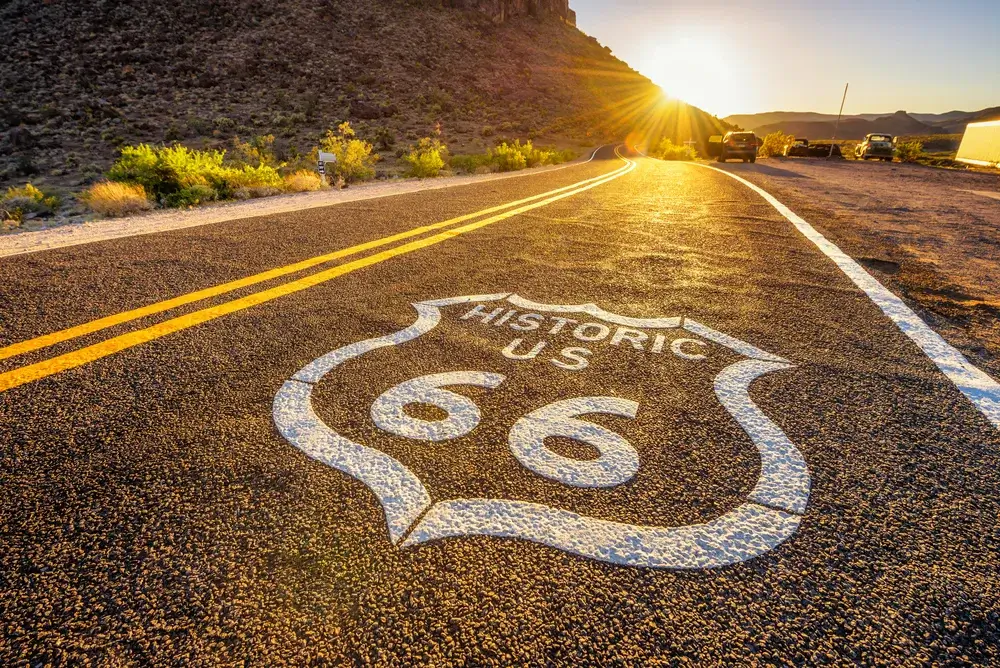
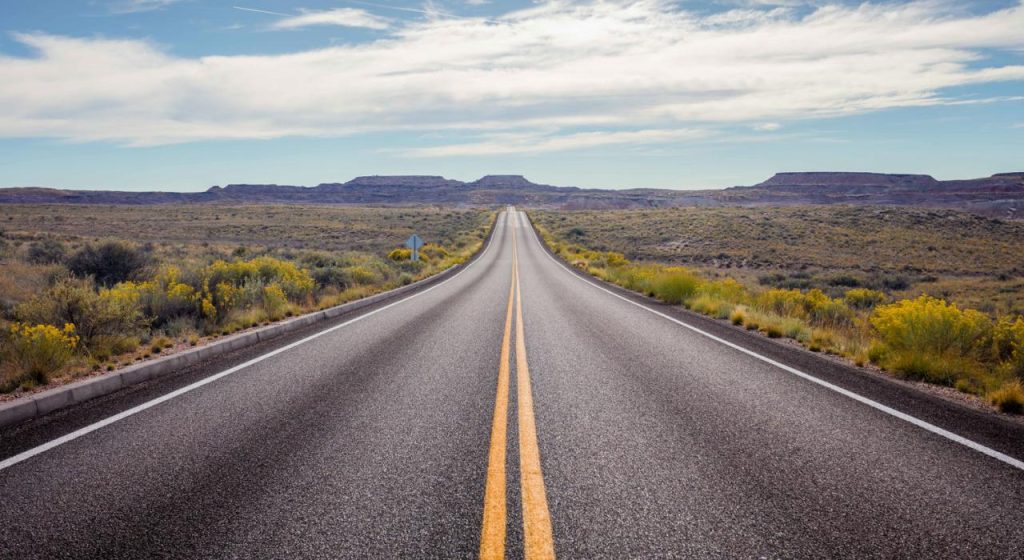
Embarking on a Route 66 road trip means traveling through Illinois, Missouri, Kansas, Oklahoma, Texas, New Mexico, Arizona, and California. Each state offers its own slice of history and scenery, from bustling cities and rolling farmlands to wide deserts and coastal beauty.
- Distance: 2,448 miles (3,940 km)
- Time Needed: 2 to 3 weeks (minimum 7–10 days for highlights)
- Best Time to Travel: May to October (spring and fall offer mild weather)
- Route 66 Map: Use a dedicated GPS app or a printed Route 66 map that includes detours and historic alignments
The route isn’t linear due to decommissioned segments, so it’s essential to plan ahead and allow time for side trips, attractions, and local experiences.
Top Route 66 Attractions by State

Illinois: Where the Journey Begins
Route 66 starts in Chicago, where you’ll find the famous “Route 66 Begin” sign on East Adams Street. Before you leave the city, enjoy a deep-dish pizza, stroll through Millennium Park, and visit the Art Institute of Chicago.
Head south to discover classic roadside stops like:
- Lou Mitchell’s Restaurant – An iconic Route 66 breakfast spot
- Gemini Giant in Wilmington – A towering “Muffler Man” statue
- Route 66 Hall of Fame in Pontiac – Packed with photos and memorabilia
Illinois offers a perfect mix of urban culture and small-town charm, making it a memorable start to your trip.
Missouri: Arches, Barbecue, and Americana
Crossing into Missouri, you’ll enter St. Louis, home of the monumental Gateway Arch. Ride to the top for breathtaking views of the Mississippi River. While you’re there, sample St. Louis-style ribs and check out:
- Ted Drewes Frozen Custard – A Route 66 tradition since the 1920s
- Meramec Caverns – A legendary cave system and old outlaw hideout
- Cuba, MO – Known for its vibrant Route 66 murals
The state’s central location makes it a great midwestern showcase of American history and hospitality.
Kansas: Short But Sweet
Kansas holds only 13 miles of Route 66, but it makes the most of every inch. The towns of Galena, Riverton, and Baxter Springs are loaded with charm.
Key stops:
- Cars on the Route (Galena) – Inspiration for the Cars movie’s Tow Mater
- Rainbow Bridge – The only remaining Marsh Arch bridge on the route
- Galena Mining & Historical Museum – Offers insight into Kansas’ mining past
Though brief, this stretch delivers a concentrated Route 66 experience.
Oklahoma: Heart of the Route
Oklahoma boasts the longest stretch of Route 66—over 400 miles of drivable roadway. Known as the “birthplace of Route 66”, it features some of the best-preserved historic stops.
Don’t miss:
- Blue Whale of Catoosa – A whimsical photo opportunity
- Route 66 Museum (Clinton) – A deep dive into the road’s legacy
- Arcadia’s Round Barn – A unique architectural wonder
You’ll also find classic diners, neon signs, and welcoming locals, making Oklahoma one of the most immersive Route 66 segments.
Texas: Big Stops in the Lone Star State
Route 66 only passes through the Texas Panhandle, but you’ll find plenty to see in and around Amarillo.
Highlights include:
- Cadillac Ranch – Graffiti-covered cars buried in the desert
- The Big Texan Steak Ranch – Home of the famous 72 oz. steak challenge
- Route 66 Historic District (Amarillo) – Antique stores and 1920s architecture
This part of Texas blends quirky Americana with wide-open landscapes, perfect for Instagram moments and unforgettable meals.
New Mexico: Culture and Color in the Southwest
New Mexico offers a beautiful mix of Native American, Hispanic, and Western cultures. Major stops include:
- Albuquerque Old Town – Adobe buildings and artisan markets
- Santa Fe Plaza – Art galleries and historic cathedrals
- Tucumcari – Home to classic motels like the Blue Swallow
The vivid landscapes, from red rock mesas to desert sunsets, make this one of the most visually stunning legs of Route 66.
Arizona: Roadside Fun Meets Natural Wonder
Arizona features some of the route’s most famous landmarks. Start in Holbrook, where you can sleep in a concrete teepee at the Wigwam Motel, and head west through:
- Meteor Crater – A massive space impact site
- Standin’ on the Corner Park (Winslow) – Inspired by The Eagles song
- Seligman – Birthplace of Route 66 preservation
If time allows, take a detour north to see the Grand Canyon, one of the Seven Natural Wonders of the World.
California: Ending at the Pacific
The final stretch takes you through the Mojave Desert, Los Angeles, and into Santa Monica. Landmarks include:
- Elmer’s Bottle Tree Ranch – A creative folk-art installation
- Wigwam Motel (San Bernardino) – Another vintage motel gem
- Santa Monica Pier – The symbolic Route 66 endpoint
Finish your journey with a walk on the beach, a ride on the Ferris wheel, and a snapshot at the “End of Route 66” sign.
Route 66 Travel Tips: Making the Most of the Journey
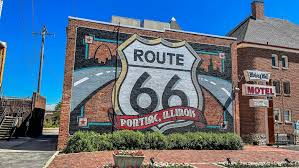
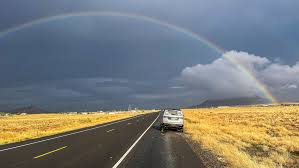
To fully enjoy Route 66, consider these tips:
- Use a Route 66 guidebook or app to track realignments and avoid getting lost.
- Book accommodations in advance, especially during peak seasons.
- Pack for variety – you’ll drive through different climates and elevations.
- Leave room for spontaneity – some of the best stops aren’t in guidebooks.
- Support local businesses – eat at diners, shop in mom-and-pop stores, and chat with residents.
Above all, enjoy the slower pace. Route 66 is about savoring the journey, not rushing to the destination.
Conclusion: Route 66 Is More Than a Road—It’s an Experience
A Route 66 road trip is more than a vacation—it’s a pilgrimage through American history, culture, and heartland spirit. From urban skylines to remote deserts, each mile offers a new story. The people, places, and memories you gather will stay with you long after the trip ends.
If you’re dreaming of a classic road trip that feels like stepping into a postcard, there’s no better choice than historic Route 66.

